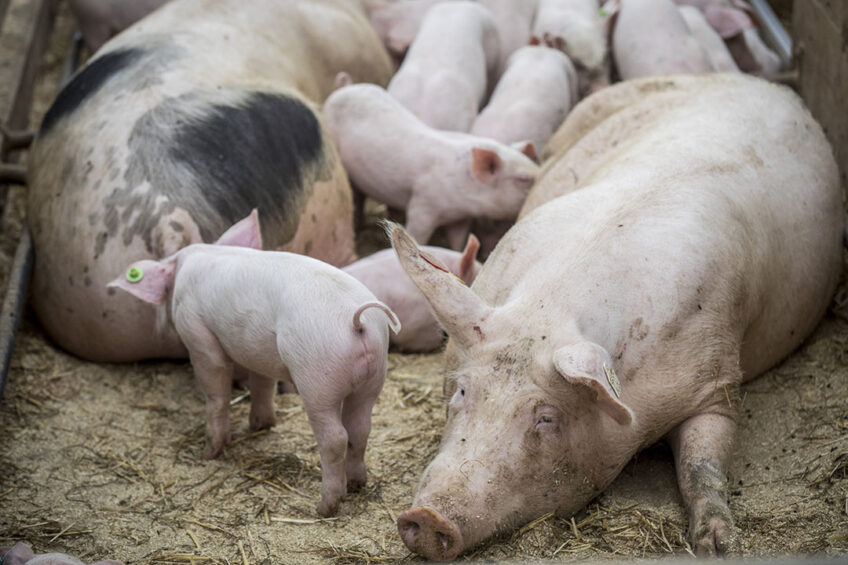Sow condition should not be a roller coaster

Sow condition should not be a roller coaster, argues Dr Casey Bradley. She shares her thoughts on how to prevent sow condition from going up and down.
Coming off summer vacation, I imagine many of us enjoyed fairs, festivals and amusement parks. But I do not enjoy roller coasters too much and find the slow-paced laser shooting at Legoland just right.
This statement is about sow body condition. Countless times, I have visited sow herds where body condition gets on a vicious cycle or roller coaster. I can also say that sows do not handle roller coasters very well. When we have thin sows, we increase their feed intake and then, the next thing you know, we have heavy sows. Then heavy sows do not eat adequately in lactation and we are on the double loop death drop.
Here are some practical considerations to manage this in the barn.
 How often are you calibrating your feed drops or ESF systems?
How often are you calibrating your feed drops or ESF systems?
This should be done every time you change your feed formulas (as bulk density can change) or at least quarterly. Ultimately, if prices for distillers’ dried grains and solubles (DDGS) affect if they are in or out of your diets, you could be over- or underfeeding your sows if you are not recalibrating. You should also consider recalibration when ingredient or feed sources change.
 How often are you assessing body condition in your sows?
How often are you assessing body condition in your sows?
You can’t keep on top of something you do not measure. Discuss with your nutritionist and veterinarian how often and the percentage of your herd you should evaluate. Assessing body condition should also start in your gilt development to set her up for long-term success.
 Do you segregate thin or fat sows?
Do you segregate thin or fat sows?
Plenty of data indicates that thin or fat sows have farrowing difficulties and more issues during lactation. Can you house them where they are easily monitored and more aggressively managed?
 Are you able to feed different diets within your system?
Are you able to feed different diets within your system?
This is an uphill battle I fight with every operation. Different sows, depending on parity, stage of reproduction, etc., have different nutritional requirements, yet we constantly want to feed to the average. This can ultimately send us on another spiral death loop or impact our pocketbooks from over- or underfeeding sub-populations.
 Do you regularly communicate with your nutritionist and veterinarian regarding body condition, average feed intake and production goals and realities?
Do you regularly communicate with your nutritionist and veterinarian regarding body condition, average feed intake and production goals and realities?
It takes the whole team to optimise your sow herd performance effectively. This should include regular meetings and alignments between your production, health and nutrition teams.
 Are you regularly evaluating your raw ingredients for nutrient quality and mycotoxins?
Are you regularly evaluating your raw ingredients for nutrient quality and mycotoxins?
There can be dramatic shifts in energy content in raw materials from field to field or by length of storage. Also, even though mycotoxins were evaluated at harvest, monitoring for them should be a regular component of your quality assurance programme.
 Do you consider feed additives or ingredients that promote feed intake or satiety?
Do you consider feed additives or ingredients that promote feed intake or satiety?
I have tested several products that have enhanced feed intake during lactation and help poor-consuming herds or sows under heat stress. Also, boss sows and aggression to consume other sow’s feed in group settings could be regulated with higher fibre feedstuffs to enhance gut fill.
In closing, a herd that is a little under- or a little over-conditioned can be easily managed to perform optimally, but if you find your body condition constantly moving up and down then it will always be a challenge to achieve success.







